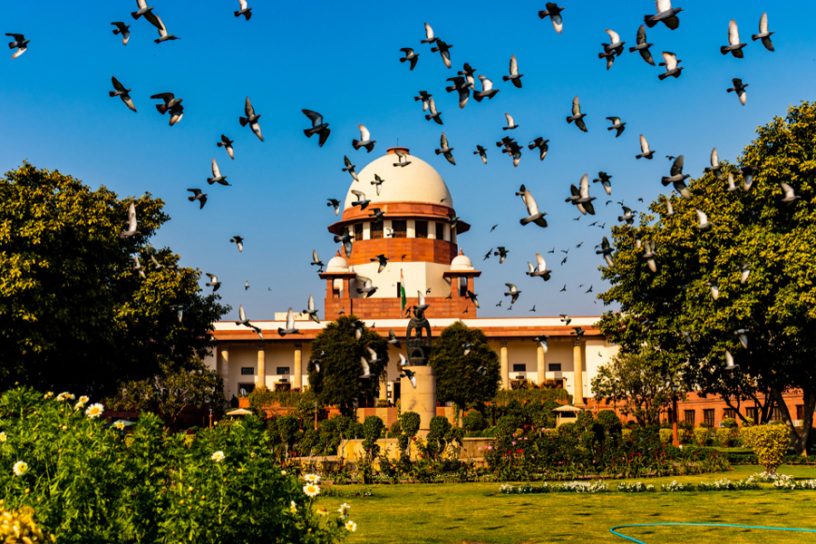
By describing the creamy layer test as a component of the equality principle, the court declared itself as the ultimate arbiter that may exclude members from SC and ST along with the procedure laid in Articles 341(2) and 342(2) of the constitution.
Author
Arpita Sarkar, Assistant Professor, Jindal Global Law School, O.P. Jindal Global University, Sonipat, Haryana, India.
Summary
This case note discusses the Jarnail Singh case which presented a fresh opportunity before a constitution bench of the Supreme Court of India to undo the legal discrepancies created in Nagaraj. However, efforts to ‘save’ Nagaraj verdict led the court to introduce the creamy layer test for the Scheduled Castes and the Scheduled Tribes.
In doing so, the court introduced for itself a new subject of judicial review. Post-Indra Sawhney, a decision by a nine-judge bench of Supreme Court, the creamy layer test was applied only to the ‘Backward Classes’ for reservation. Various judgments including Indra Sawhney have explicitly prohibited the application of this test on the SCs and the STs.
Creamy layer among backward classes has been described by the executive organs of the State in appropriate circumstances. By describing the creamy layer test as a component of the equality principle, the court declared itself as the ultimate arbiter that may exclude members from SC and ST along with the procedure laid in Articles 341(2) and 342(2) of the constitution.
Further, in reading the creamy layer test as a wider attribute of Article 16 generally, as opposed to Article 16(4-A) and 16(4-B) of the constitution, the decision left ambiguity on the application of this test at different stages of employment.
Published in: World Comparative Law (Verfassung und Recht in Übersee)
To read the full article, please click here.


